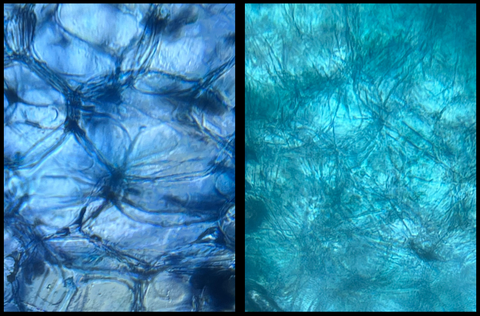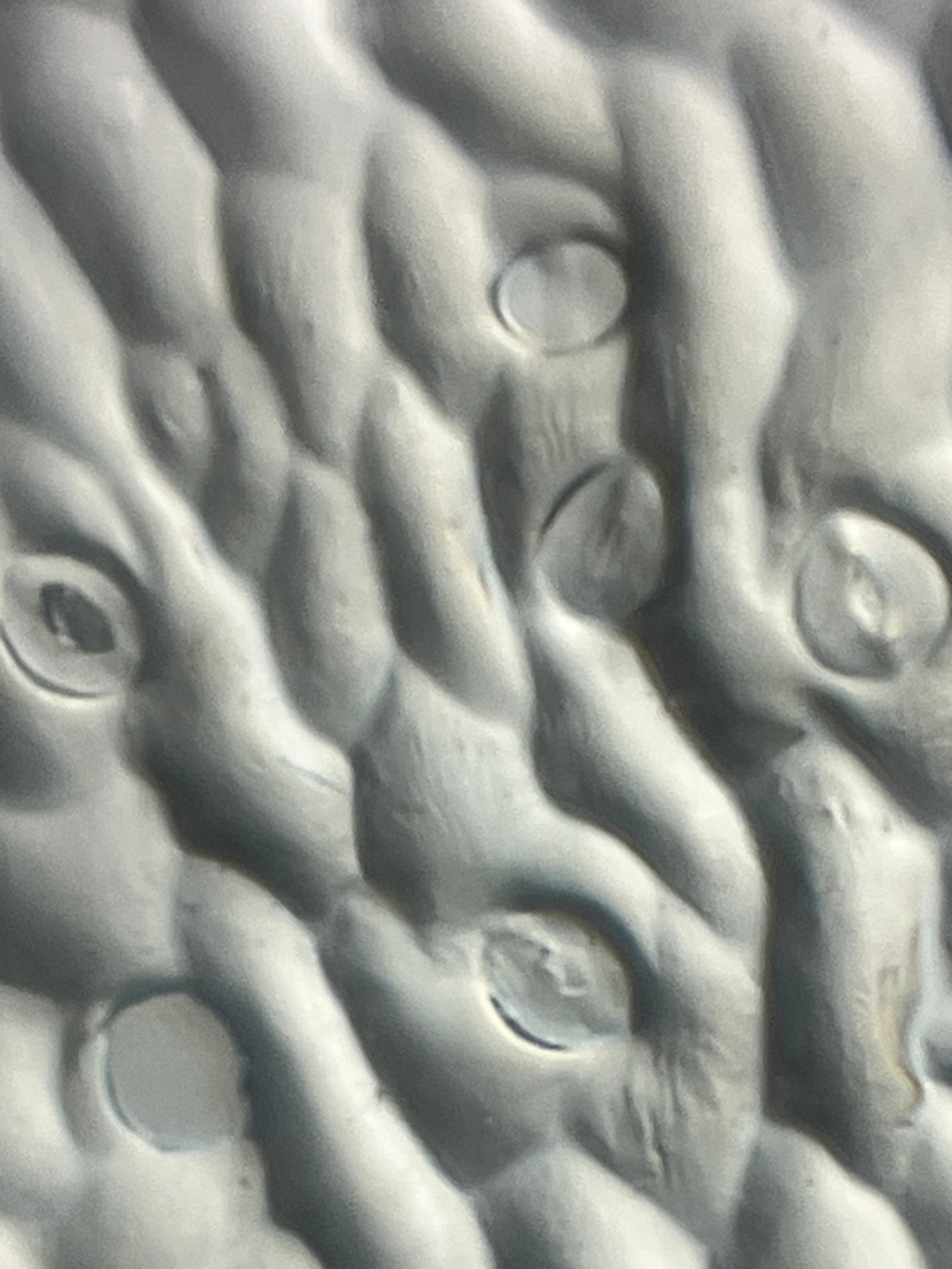It is that time of year when my cucumber harvest is in full swing! There are so many cucumbers ripening at the same time that I can’t eat all of them before they go bad. To prevent the excess from going to waste, I rely on pickling to preserve my cucumbers. This got me wondering, is it possible to see the effects of pickling under a Foldscope? Read on to find out!

Pickling Science - Why Do We Do It?
Pickling prevents harmful bacterial growth on fresh food by creating an acidic environment in and around the food. Pickling is a popular method of food preservation because it raises the acidity to a level that kills harmful microbes while still tasting good to people.

A Microscopic View of Cucumbers
Fresh cucumbers have a beautiful green color and a satisfying crunch when you bite into them. When a cucumber is cut into very thin slices and viewed under a Foldscope, the round plant cells and clearly defined cell walls can be seen. The plant cells could be seen in both cross section slices and longitudinal slices. I added some methylene blue stain to the slides to make the cell walls stand out in the pictures.

A Microscopic View Of Pickles
In addition to changing the chemical environment, pickling also causes physical changes to the cucumber. The water in the plant cells is pulled out and replaced with the acidic vinegar causing the cells to swell and the cell walls to break down. The resulting pickle has thinner cell walls, a loss of the vibrant green color, and a distinctly “pickled” flavor.
I looked at both cross sections and longitudinal sections of my pickles under the Foldscope. The cell walls were much thinner and harder to see even with the methylene blue stain and additional 5X zoom on my phone.

I love that with my Foldscope I can see the impact of vinegar on a cucumber on a microscopic scale. This inspires me to continue doing microscopic observations - you never know what you are going to see out there!

Have you looked at the effects of pickling cucumbers or other vegetables under a Foldscope? Were your observations similar to or different from mine? Use your Foldscope to dive into the microscopic world and find the beauty that is there waiting for you. Share your microscopic images and thoughts on the Microcosmos. Be sure to tag us on social media when you post the results of your explorations, creations, and discoveries! We love to see how Foldscopers around the world are using their Foldscopes in new and innovative ways!
Facebook: @Foldscope
Twitter: @TeamFoldscope
Instagram: @teamfoldscope
Threads: @teamfoldscope
Sources:



